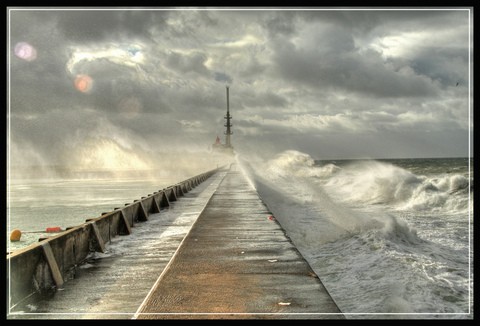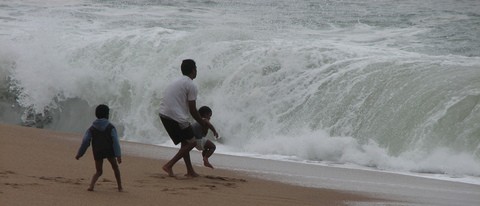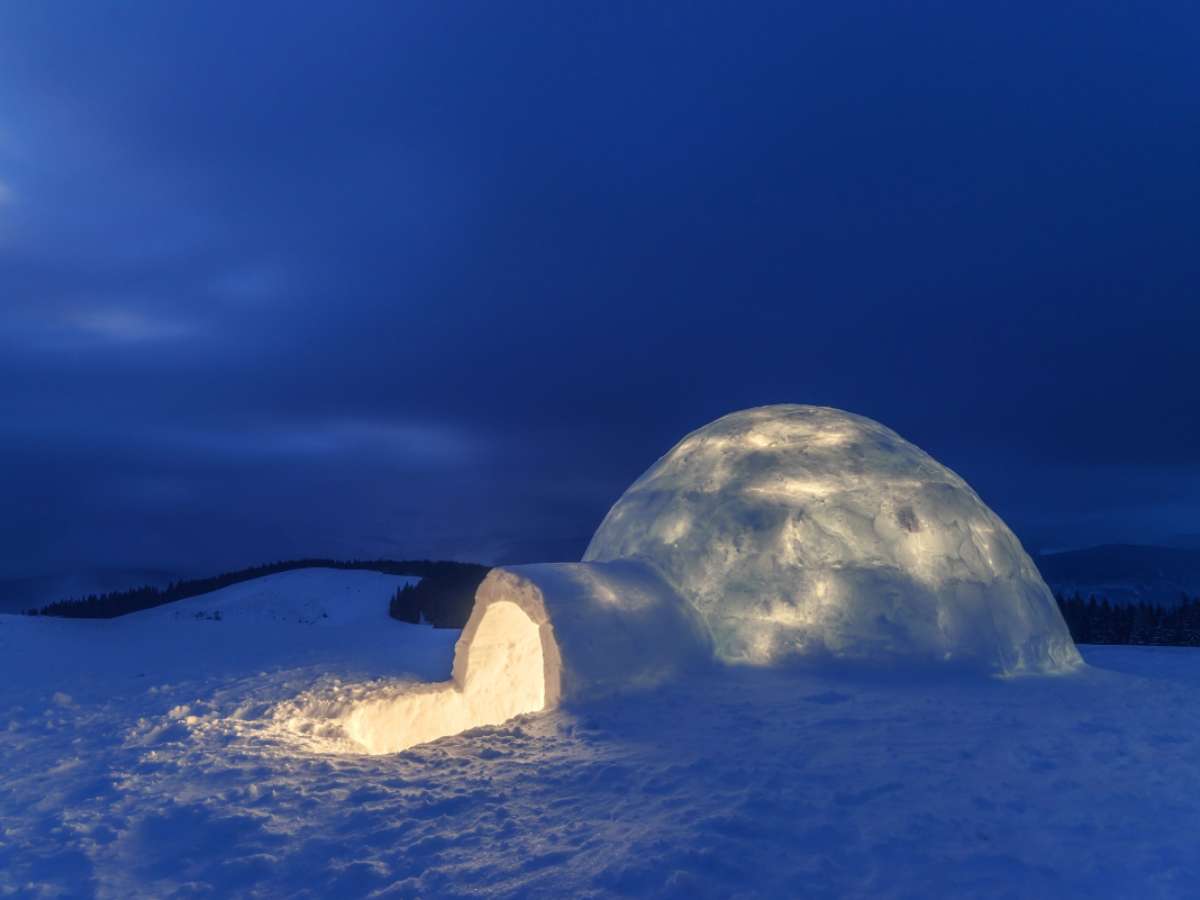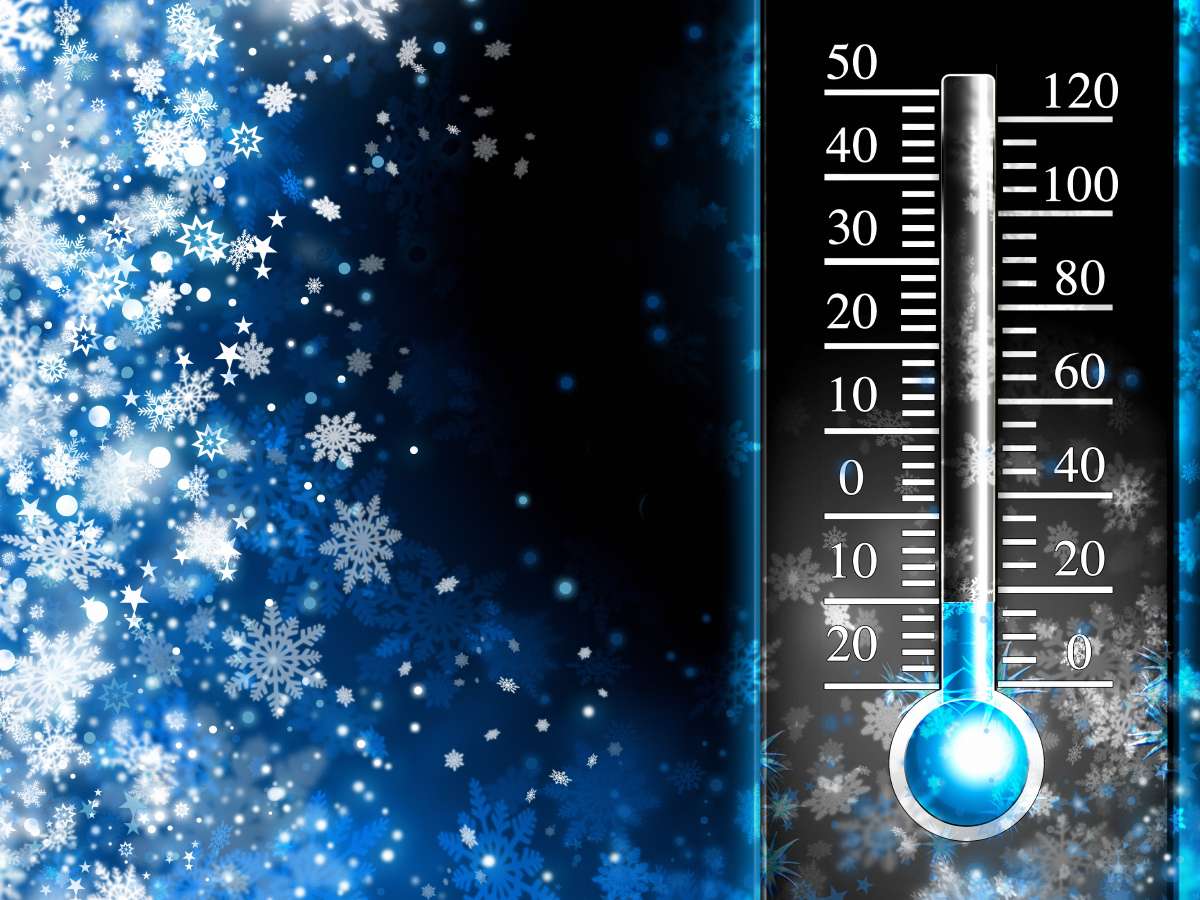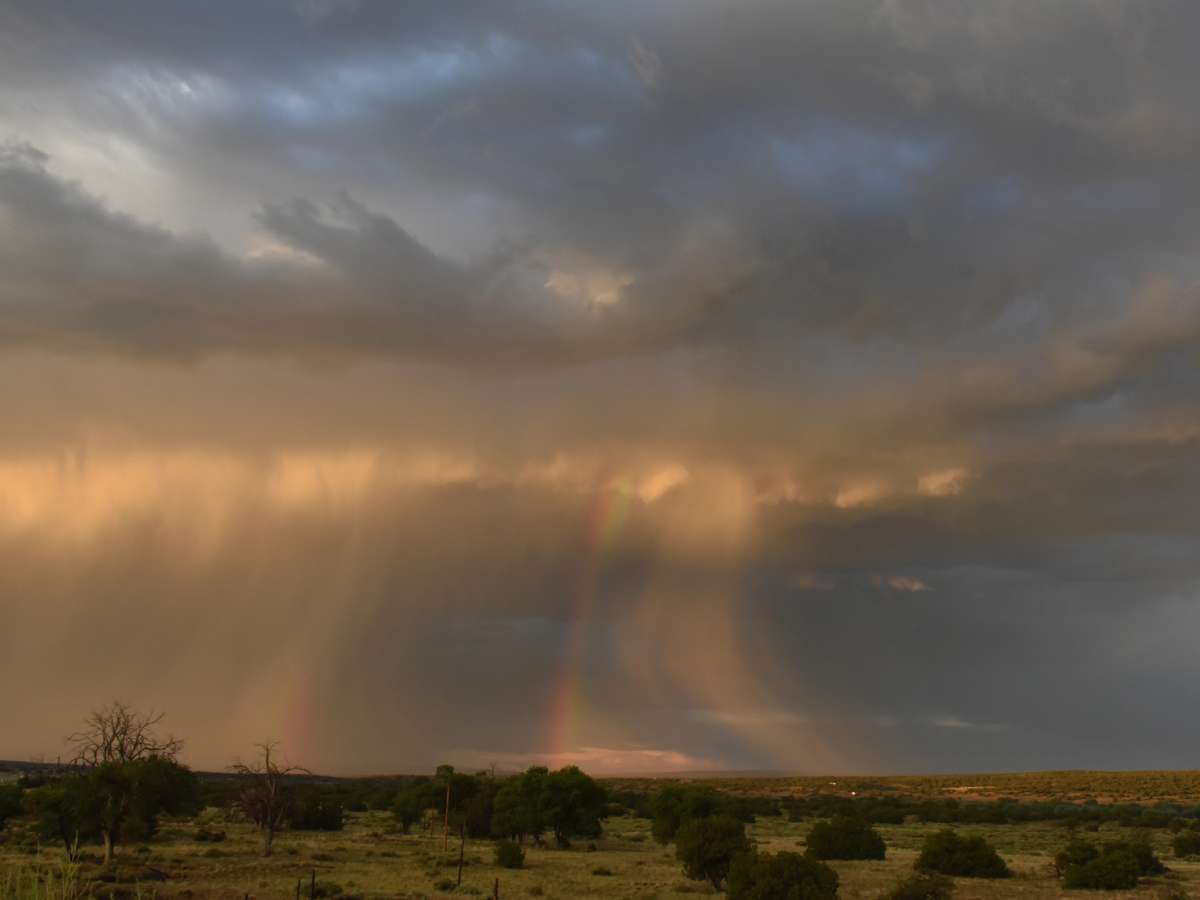You may have heard a lot about El Nino this year.
What is El Nino? How does it play a role in our weather? And how will El Nino affect you?
El Nino, which is Spanish for "the little boy" or "the Christ child," refers to a type of weather pattern which occurs in some years and usually peaks during the winter months of the northern hemisphere.
This weather pattern involves interaction between the ocean and the atmosphere. The results of an El Nino are relatively warmer-than-usual waters in major areas of the Pacific Ocean. When that happens, global weather patterns will be affected.
Common effects of an El Nino pattern include:
- More rain in the southern regions of the United States and Peru
- Drought in parts of the West Pacific
- Generally, fewer hurricanes and tropical systems forming in the Atlantic Ocean
- Reduction in the strength of many tropical systems and hurricanes which do form in the Atlantic
- Stormier winter weather in California and the southern United States
- Relatively warmer winters in the northern United States
How El Nino Affects Us
Because of the significant impacts of each of these weather changes, El Nino, in a sense, is at least partially responsible for the higher risk of brush fires and crop failures in drought areas, as well as flooding and devastation in the rain-prone regions.
However, El Nino also reduces the risk of severe natural phenomena, such as the reduced number and strength of tropical storms and hurricanes which form in the Atlantic Ocean.
A warmer winter in the northern U.S. can mean reductions in heating costs for homeowners and businesses.
Overall, it is easy to see how El Nino is Mother Nature’s balancer — when it’s drier in one area, it may be wetter somewhere else. When there are more storms in one part of the world, there could be fewer in another part of the globe.
Scientists do not believe that El Nino is necessarily directly responsible for all severe weather that arises during the same year as an El Nino event. However, the indications are clear that when an El Nino forms, weather is generally different from the norm for many parts of the world.
Significant El Nino Events in History
El Ninos have been recorded since the 1600s, but they have well-tracked and more accurately predicted only since the 1980s. While there have been many El Nino events over the decades, there have been some periods where El Nino was particularly strong.
Many scientists and others who follow El Nino events know that the 2 most significant recorded El Nino events of the 20th century occurred during the 1982-83 and 1997-98 seasons. During these 2 El Nino events, severe and devastating weather occurred around the world.
During the 1982-83 El Nino, serious storms ravaged the southwestern U.S.; a major drought dried out Australia.
In 1997-98, there were severe droughts in the Western Pacific, floods and mudslides in California, and record-high global temperatures.

